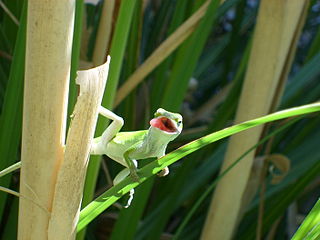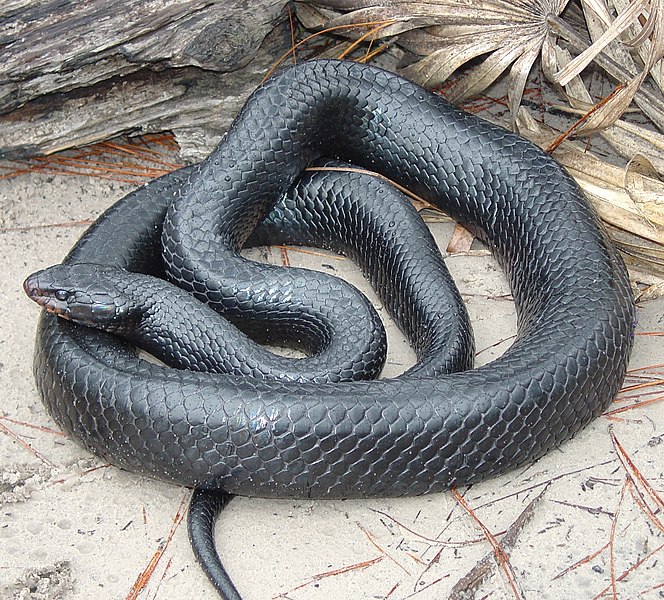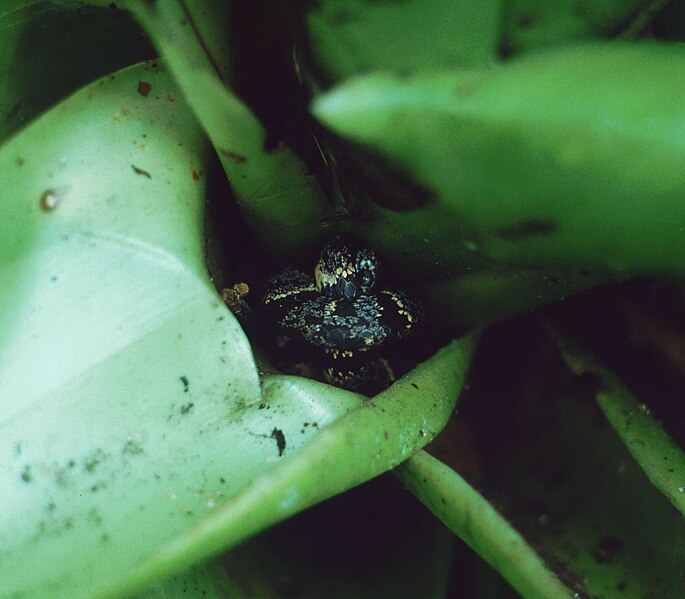I’ve been fascinated by Green Anoles, Anolis carolinensis, since childhood – way back when they were sold as “American Chameleons”. Although they are often ignored by experienced keepers, I have long featured Green Anoles and related species in zoo exhibits, where they never failed to intrigue visitors (and yours truly!). Now, it seems, they are also impressing herpetologists with learning abilities that rival those of some birds. The performances of anoles (two of which did so well that they were dubbed “Plato” and ‘Socrates”) tested at Duke University have challenged the stereotype that small lizards have limited intelligence and problem-solving abilities.
Learning, Adapting and Remembering…
The species studied was the Emerald or Puerto Rican Anole, Anolis evermanni. It seems likely that Green Anoles and others sharing similar lifestyles will be found to possess like abilities; further research is in progress.
The anoles were presented with a problem that would not be faced in the wild…relying upon instinct would not provide a solution. The challenge presented was to retrieve an insect that had been placed beneath a plastic lid. Emerald Anoles figured out how to lift the lid more quickly than did the birds that were tested, requiring three less trials. What’s more, the anoles had only one test each day, compared to the given the birds, so the lizards had less experience, and needed to remember their successes or failures for a longer period of time.
When multiple caps of different colors were added, the savvy anoles always chose the correct cap, apparently having associated the color or brightness with a reward. The researchers then switched tactics, placing the insect beneath a lid of a different color, and leaving the original correct choice bare. All of the anoles made initial mistakes, but ‘Socrates” and “Plato”, the individuals mentioned earlier, quickly learned to ignore their earlier lesson and consistently chose the correct lid. Read More »
 That Reptile Blog – Reptile, Amphibian and Exotic Pet Care and Information
That Reptile Blog – Reptile, Amphibian and Exotic Pet Care and Information




